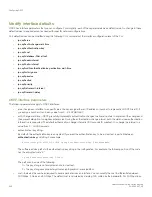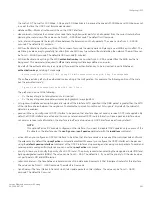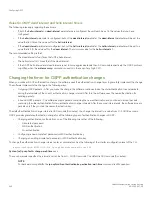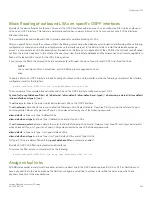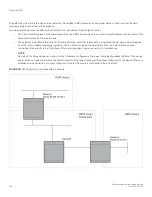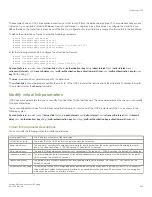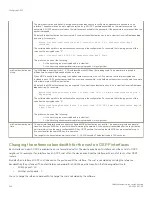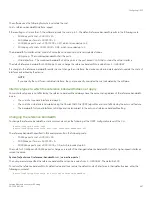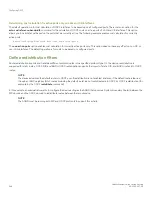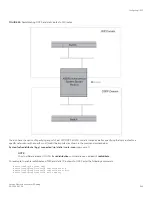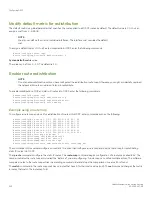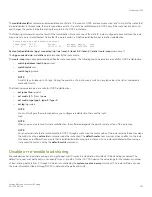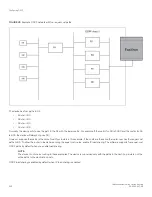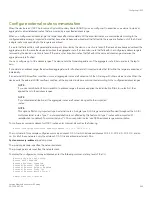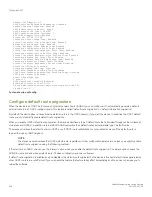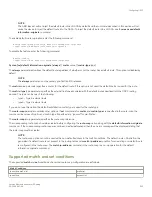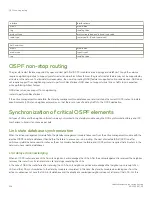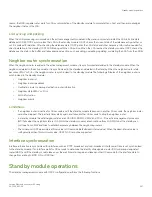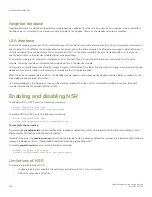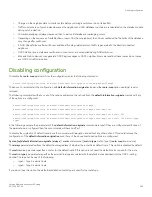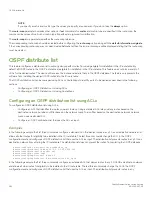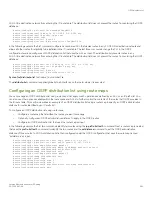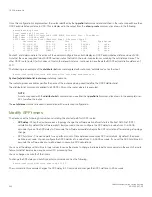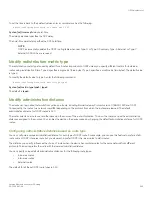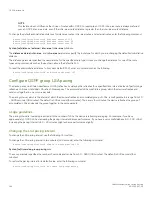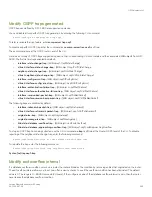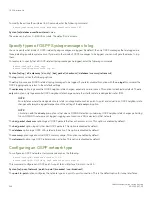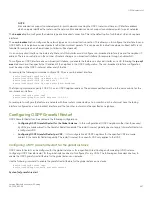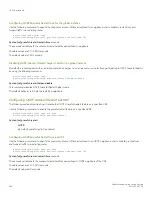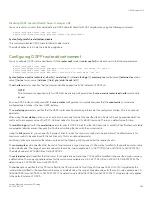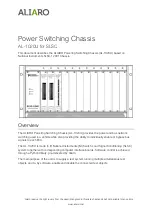
Default OSPF Metric: 50
OSPF Auto-cost Reference Bandwidth: Disabled
Default Passive Interface: Enabled
OSPF Redistribution Metric: Type2
OSPF External LSA Limit: 1447047
OSPF Database Overflow Interval: 0
RFC 1583 Compatibility: Enabled
Router id: 207.95.11.128
Interface State Change Trap: Enabled
Virtual Interface State Change Trap: Enabled
Neighbor State Change Trap: Enabled
Virtual Neighbor State Change Trap: Enabled
Interface Configuration Error Trap: Enabled
Virtual Interface Configuration Error Trap: Enabled
Interface Authentication Failure Trap: Enabled
Virtual Interface Authentication Failure Trap: Enabled
Interface Receive Bad Packet Trap: Enabled
Virtual Interface Receive Bad Packet Trap: Enabled
Interface Retransmit Packet Trap: Disabled
Virtual Interface Retransmit Packet Trap: Disabled
Originate LSA Trap: Disabled
Originate MaxAge LSA Trap: Disabled
Link State Database Overflow Trap: Disabled
Link State Database Approaching Overflow Trap: Disabled
OSPF Area currently defined:
Area-ID Area-Type Cost
0 normal 0
OSPF Interfaces currently defined:
Ethernet Interface: 1/3/1-1/3/2
ip ospf md5-authentication-key-activation-wait-time 300
ip ospf cost 0
Syntax:
show ip ospf config
Configure default route origination
When the device is an OSPF Autonomous System Boundary Router (ASBR), you can configure it to automatically generate a default
external route into an OSPF routing domain. This feature is called "default route origination" or "default information origination".
By default, the device does not advertise the default route into the OSPF domain. If you want the device to advertise the OSPF default
route, you must explicitly enable default route origination.
When you enable OSPF default route origination, the device advertises a type 5 default route that is flooded throughout the AS (except
stub areas and NSSAs). In addition, internal NSSA ASBRs advertise their default routes as translatable type 7 default routes.
The device advertises the default route into OSPF even if OSPF route redistribution is not enabled, and even if the default route is
learned through an IBGP neighbor.
NOTE
The device never advertises the OSPF default route, regardless of other configuration parameters, unless you explicitly enable
default route origination using the following method.
If the device is an ASBR, you can use the "always" option when you enable the default route origination. The always option causes the
ASBR to create and advertise a default route if it does not already have one configured.
If default route origination is enabled and you disable it, the default route originated by the device is flushed. Default routes generated by
other OSPF routers are not affected. If you re-enable the feature, the feature takes effect immediately and thus does not require you to
reload the software.
Configuring OSPF
FastIron Ethernet Switch Layer 3 Routing
254
53-1003627-04
Summary of Contents for FastIron SX 1600
Page 2: ...FastIron Ethernet Switch Layer 3 Routing 2 53 1003627 04 ...
Page 16: ...FastIron Ethernet Switch Layer 3 Routing 16 53 1003627 04 ...
Page 20: ...FastIron Ethernet Switch Layer 3 Routing 20 53 1003627 04 ...
Page 142: ...FastIron Ethernet Switch Layer 3 Routing 142 53 1003627 04 ...
Page 150: ...FastIron Ethernet Switch Layer 3 Routing 150 53 1003627 04 ...
Page 200: ...FastIron Ethernet Switch Layer 3 Routing 200 53 1003627 04 ...
Page 214: ...FastIron Ethernet Switch Layer 3 Routing 214 53 1003627 04 ...
Page 350: ...FastIron Ethernet Switch Layer 3 Routing 350 53 1003627 04 ...
Page 476: ...FastIron Ethernet Switch Layer 3 Routing 476 53 1003627 04 ...
Page 588: ...FastIron Ethernet Switch Layer 3 Routing 588 53 1003627 04 ...

